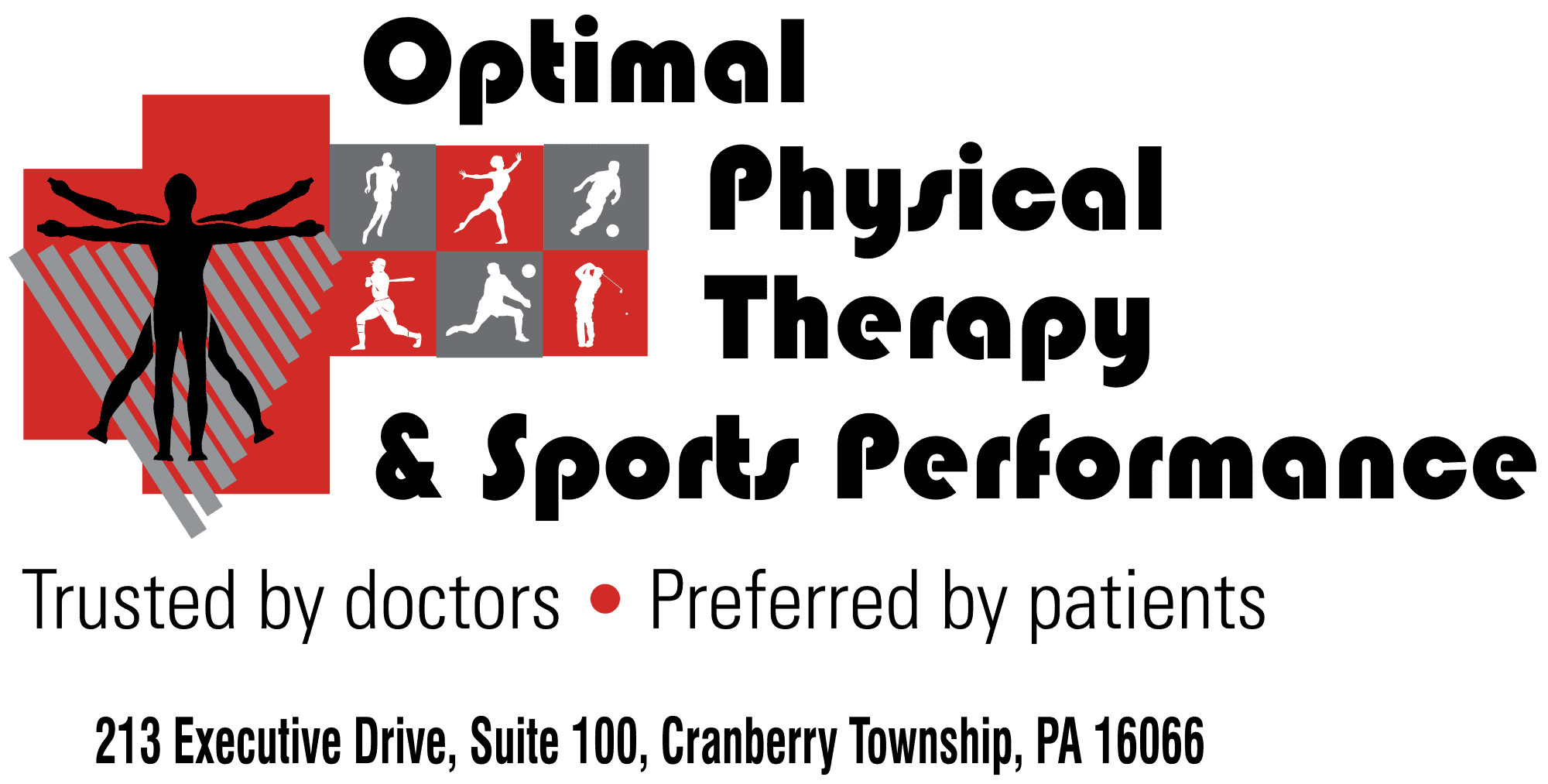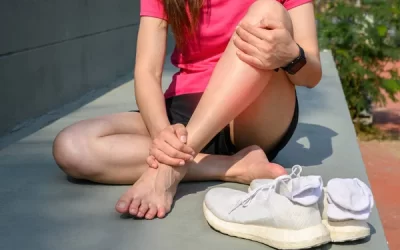CONSIDER STOPPING USING TOBACCO PRODUCTS
Persuading a tobacco smoker to quit typically takes a group effort. The person knows many of the health risks of smoking and has to want to stop for themselves, their family and friends. It is an addictive habit with chemical and behavioral implications.
The American Lung Association is a great resource for educating people on the harmfulness of smoking and giving tips to quit and some of this information is shared below. It is considered the single most important step that a smoker can take to improve the quality and length of their life. Twenty minutes after quitting smoking your heart rate lowers to a more normal level. One day after quitting, carbon monoxide levels drop in your blood and the risk of heart attack is reduced. Two to 3 months after quitting, your risk of having a heart attack starts to lower and your lung function begins to improve. One year after quitting your risk of coronary heart disease is half of a smoker’s and 15 years later it is equal to a non-smoker’s. Five to 15 years after quitting, your risk of having a stroke is that of a non-smoker and your risk of mouth, throat or esophagus cancer is half of a smoker’s. Please also consider stopping smoking for the benefits to friends and family of not exposing them to secondhand smoke. Give your wallet a raise. If you smoke a pack of cigarettes a day for a month at $7 a pack (x 30 days) equals $210 and $2520 a year!!!
The American Lung Association’s website lists “Top Tips for Quitting Smoking”. Many of the tips involve analyzing why you smoke such as to manage stress or relax. They suggest trying to come up with different alternatives to handle those situations without smoking. People often have behavioral patterns linked to when they smoke such as when they drive, drink alcohol or socialize with others. By recognizing this pattern, they can go into these situations making a conscious effort to reduce then eliminate the cigarettes.
Do not switch to another product such as E-cigarettes to help you quit smoking. E-cigarettes, such as JUULs and vape pens use a battery to heat up a special liquid into an aerosol that users inhale. This vapor usually contains nicotine which is extracted from tobacco, propylene glycol, flavorings and other chemicals. Studies have found even e-cigarettes that claim to be nicotine-free contain trace amounts and contain other chemicals.
The American Cancer Society is a great resource for the health risks of using smokeless tobacco and some of this information is given below. Smokeless tobacco includes chewing tobacco and snuff (loose and pouch). Dissolvable tobacco comes in lozenges, pellets, thin strips and toothpick-size sticks and dissolve in your mouth. Though these may expose people to lower levels of harmful chemicals than tobacco that is smoked, do not consider them a safe alternative to smoking. These products contain tobacco and nicotine which is absorbed through the mouth lining tissues. People that use these products often get the same amount of nicotine as those that smoke regularly. They are exposed to more than 25 chemicals that are known to cause cancer. The most common cancers linked to using smokeless tobacco are mouth, tongue, check and gum followed by esophagus and pancreatic cancer. Other health problems that have been seen are an increased risk of dying from heart disease and if used through pregnancy, women have an increase risk of early delivery and stillbirth.
Your doctor can also help guide you to resources when you make the decision to try to quit. As physical therapists, we value health and want all people to realize the impact that smoking has on your body. Smoking is a completely preventable, avoidable and dangerous behavior. We also recognize that it is a highly addictive behavior. Studies show that 60% of current smokers would love to quit but battle with this addiction. Each year more than 480,000 people in the USA die from illnesses related tobacco use. It is known that smokers die younger than nonsmokers with life expectancy reduced by 12 years for males who smoke and 11 years for females.
The consequences from smoking are seen in the physical therapy world as we encounter patients who are experiencing various health issues. Smoking delays healing in many ways. Wounds take longer to heal. PTs involved in wound care struggle to help wounds to close. Bones are deprived of nutrients and blood flow which can lead to delayed fracture site healing and, with age, osteoporosis can occur which can be devastating when the framework of your body no longer structurally supports you. Assistive devices now are required to walk, bathe and use the toilet. Pain from spinal compression fractures can be difficult to treat. Smoking can lead to peripheral arterial disease which limits how far a person can walk because the muscles in their legs are no longer getting adequate blood flow and severe cramping occurs. Walking the park or playing with grandchildren is no longer possible. Accelerated vascular (blood vessel) aging can occur in the brain and heart with smokers more likely to need our services due to strokes, dementia and heart attacks. Trust us, it is much harder to move when half of your body is paralyzed. We see the sadness in family members who are no longer recognized by a loved one who is affected by dementia. COPD in the lungs can develop from smoking and we have to push or carry oxygen tanks and monitor oxygen levels as we help people walk. We are first hand witnesses to people’s lives becoming so much harder and smaller as they live by the length of their oxygen lines. Collagen production is slowed in a body exposed to tobacco. This leads to slow weaker scar tissue that is more prone to break down and increases the risk of developing a tissue infection. Facial features are changed with age particularly around the mouth. We see changes in nail beds and hands. Studies show that actual muscle strength is reduced and smokers have increased muscle fatigue and higher perceived exertion rates for exercise and activity. There are links to an increased likelihood of developing an autoimmune disease such as rheumatoid arthritis (3.8X higher risk than nonsmokers), fibromyalgia and lupus. Smokers with low back pain are more likely to develop chronic pain compared to nonsmokers with low back pain. It is speculated that nicotine causes cell damage in the intervertebral discs which contributes to degenerative spinal changes. Pain sensitivity/experience can be amplified for the smoker dealing with back pain.
Smokers need help to quit. We take no pleasure in listing how much the body changes with nicotine exposure but we need to try to convey the connection between pain, movement, strength, balance and walking ability so that perhaps someone struggling with tobacco addiction will resolve to try to stop. Physical Therapists tend to be supportive due to the nature of our training and the many different struggles with which we help people. If you smoke and want to stop, please hear us when we say we want to encourage you and tell you not to give up the struggle. It is hard but with persistence and the right tools, you can forge another future for your body and your life. Persistence is the key just like anything in life – you have to commit and resolve to see it through. There are resources and tools that can help you. Here is a list of 8 tools that can help you deal with withdrawal symptoms, change your habits, manage social pressures to smoke and replace your tobacco use with healthier behaviors:
- Nicotine Replacement Therapy: These are over the counter products which help you quit by slowly reducing the level of nicotine in your body. This slow reduction helps to manage cravings. This method is available as a patch, lozenge or chewing gum.
- Prescription Medicines: Your medical doctor can prescribe medicines to help you quit. Some come in nose spray or inhaler forms while others affect chemicals in the brain that can help reduce cravings and withdrawal symptoms. Talk to your doctor. He/she will be happy to hear that you want to make the effort to live healthier.
- Acupuncture: This method uses fine needles placed in key points on your body to help reduce cravings
- Tapering: This strategy/method lets you slowly reduce your tobacco use until you no longer smoke.
- Getting support: Enlist supportive family and friends to encourage you. Find online classes and websites that offer support. Call 1-800-QUIT-NOW (1-800-784-8669) for a source of help
- Make a plan: Set a date or goal. Think through having necessary resources to help you as you overcome the urges to smoke.
- Use Motivational strategies: What motivates you? Is there a healthy reward as you reach benchmarks? Dinner out or a new purse with money saved from not purchasing nicotine? Or start a vacation fund. Remind yourself of your reasons for quitting each day.
- Mental Imagery/relaxation skills: These help with stress management. Use your mind to create positive images for your life. Learn to meditate, complete deep abdominal breathing and muscular relaxation techniques. Explore apps that offer these options. Add physical activity to your day.
We want to wish you all the best in your desire to be healthier this year and if that involves quitting smoking, we are thrilled for your decision! Your life is meant to be healthy and full of pain free movement, high energy and a length of years to help you accomplish all you want to do with your life.



